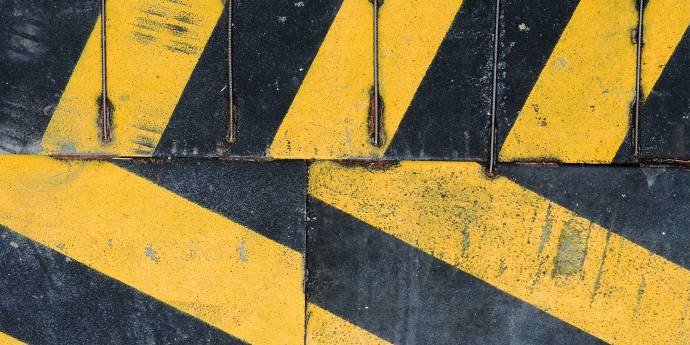Eye-opening ‘events’
An AI-driven video analysis platform highlights unseen dangers in the workplace, then magically mitigates the risk.

The loss of a young life on a school caving trip earlier this year was the grimmest reminder of the responsibilities a school takes on.
Those responsibilities lie not only with school staff but also members of the board of trustees. It’s a role of significant responsibility, particularly the duty of due diligence to ensure your school is meeting its health and safety obligations under the Health and Safety at Work Act 2015 (HASWA).
The duty of due diligence is a personal duty imposed on board members. It cannot be transferred or delegated. While state school board members are exempted from prosecution (see section 52 of HASWA), private school board members are exposed to personal criminal liability, with penalties for serious breaches including up to five years in prison and a NZ$600,000 fine.
Irrespective of the exemption for state school boards members, all school board members have duties and they need to be proactive in carrying them out.
These duties encompass six key obligations:
You’ll be expected to maintain current knowledge of health and safety matters relevant to your school, staying aware of best practices and changes in regulations. This should encompass, amongst other relevant risks, dealing with emergencies, mental health issues for young people, the special dangers associated with education outside the classroom and overseas trips, and public health requirements.
You’ll be expected to have a comprehensive understanding of the nature of school operations, including their associated hazards and risks. And you’ll be expected to give special attention to those relating to outdoor activities and excursions, because those can present unique challenges.
The board must ensure the school has appropriate resources and processes in place to eliminate or minimise risks, and that these are actively used. Except in very limited circumstances, a lack of funds will not be an acceptable excuse for failing to eliminate or mitigate risks. Boards are responsible for ensuring resources are allocated so that all school activities are undertaken safely. It is not only about devoting the right resources but also about establishing a system with checks and steps to minimise the potential for a single person's poor judgement or hasty decision exposing people to serious risks. A good health and safety system is one that accounts for human error and puts safeguards in place to prevent individual mistakes from leading to broader harm.
You’ll be expected to ensure that the school has suitable processes for receiving and considering information about incidents, hazards, and risks, and responding in a timely manner. Any concerns raised (for example, by parents, teachers, or students) must be properly assessed, and identified risk factors associated with particular activities should be carefully considered and mitigated before proceeding. The board should provide leadership within its school community to ensure there is active engagement on health and safety matters at all levels.
The board must ensure the school has, and implements, processes for complying with all its duties and obligations. This should involve a thorough review of compliance measures and a commitment to continual improvement.
The board must verify that the school is providing and using the resources and processes as per policy. This means it’s crucial that the board ensures that policies are not merely present on the intranet or in teachers' desk drawers, but are actively being followed in practice. Regular audits or checks should be conducted to ensure the implementation aligns with stated policies.
WorkSafe, New Zealand's primary health and safety regulator, in collaboration with the New Zealand Institute of Directors, has produced a Health and Safety Good Practice Guide for officers like board members. This guide focuses on four key areas of expected leadership:
The board should develop comprehensive health and safety policies and plan their implementation.
The board must ensure that the policies and plans are implemented effectively.
The board should keep track of the implementation and its effects on health and safety.
The board should regularly assess the policies and their implementation, making changes where necessary.
The Good Practice Guide records WorkSafe’s expectation that officers will have regard to it when undertaking due diligence and confirms that it is “intended to explain how an officer (including a director) may comply with their [health and safety] legal obligations”. It lists a number of questions that school boards should ask to perform a thorough assessment of their school’s health and safety:
These are not responsibilities to be taken lightly. But they are responsibilities that can be acquitted safely and effectively. It is above all a matter of sufficient diligence.

James is a partner in Dentons employment and workplace health & safety team based in Auckland, and has extensive experience working in both the UK and New Zealand.
James is experienced in supporting organisations with workforce change, employee relations and disputes, and the employment issues arising out of commercial transactions. He advises clients on the full range of employment issues, including restructurings, investigations, dismissals and disciplinary issues, personal grievances, and contractual and collective issues.